I am installing a johnson postman oak railing. Fairly simple over the top rail with a gooseneck @ the top. Only one flight. Problem is, I’ve never done anything like this before and while I can hold my own as a carpenter, I’m really not experienced at all in anthing like this. And I’m working alone. (isn’t your boss being shorthanded great?)
Anyway, I guess I’m looking for any pointers or tips or tricks anybody has.
I’ve already made a pitch block and cut the fittings. I’m having trouble determining the height of the bottom newel and the appropriate length for the rail itself. If I get the former, measuring the latter will be relatively simple. Balluster installation seems simple enough if I can just get the rail up. So….back the my original post, HELP! Thanks
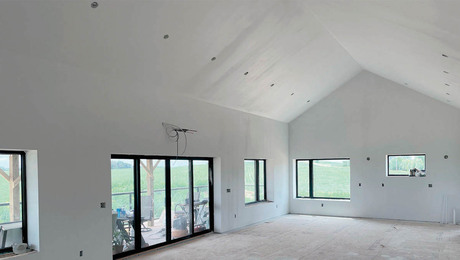

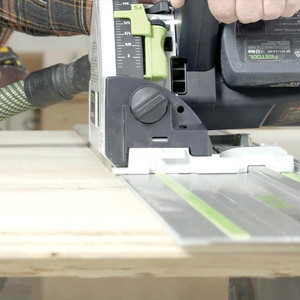
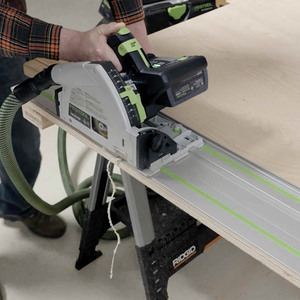
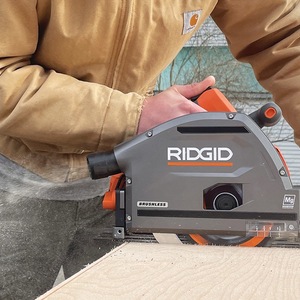
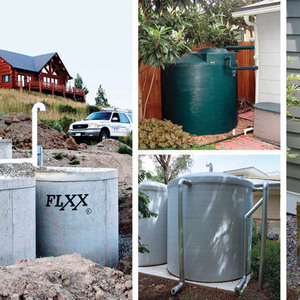



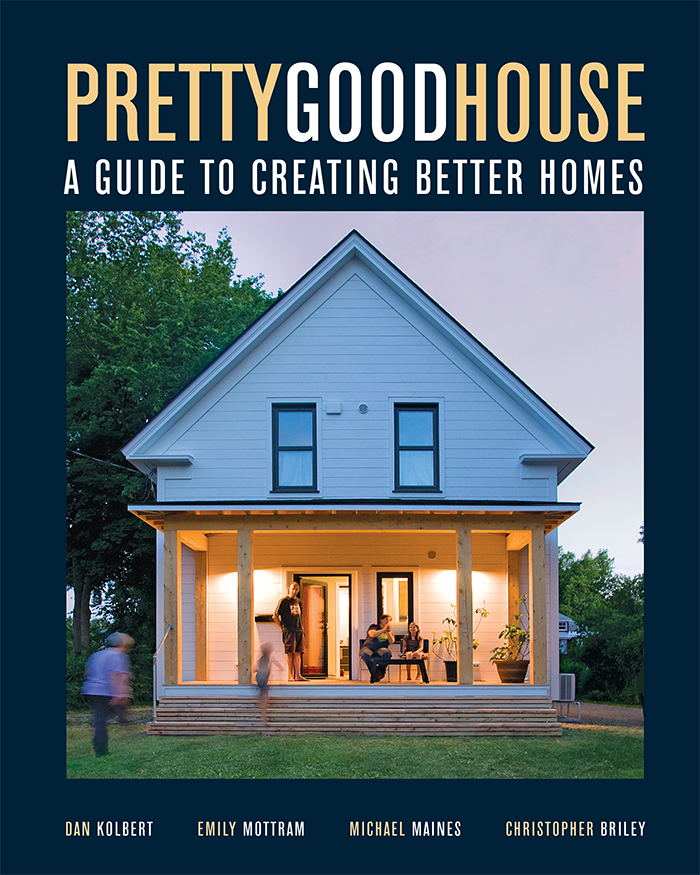
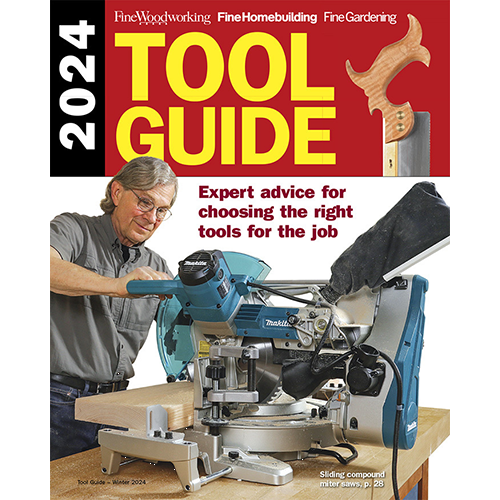
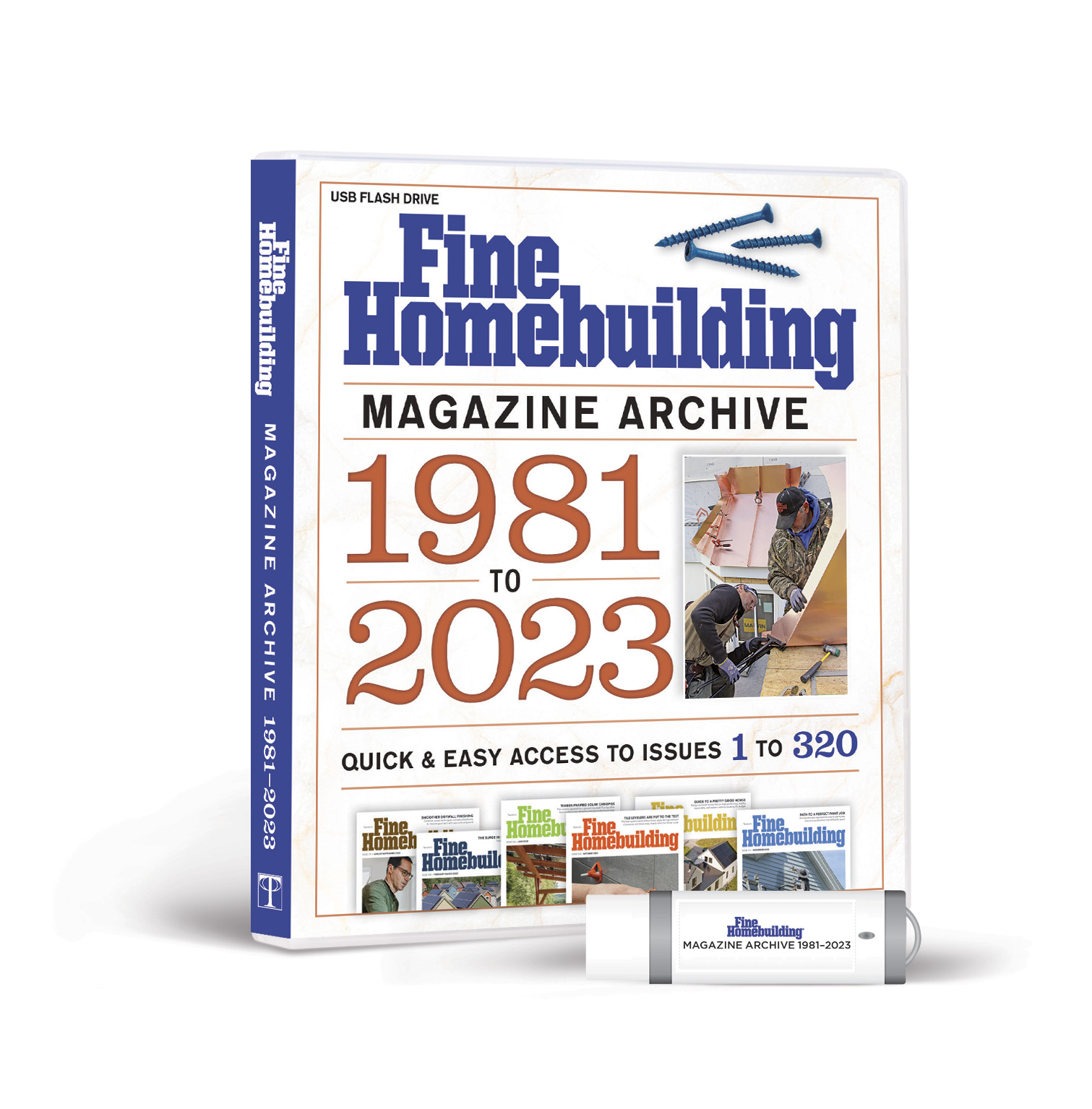
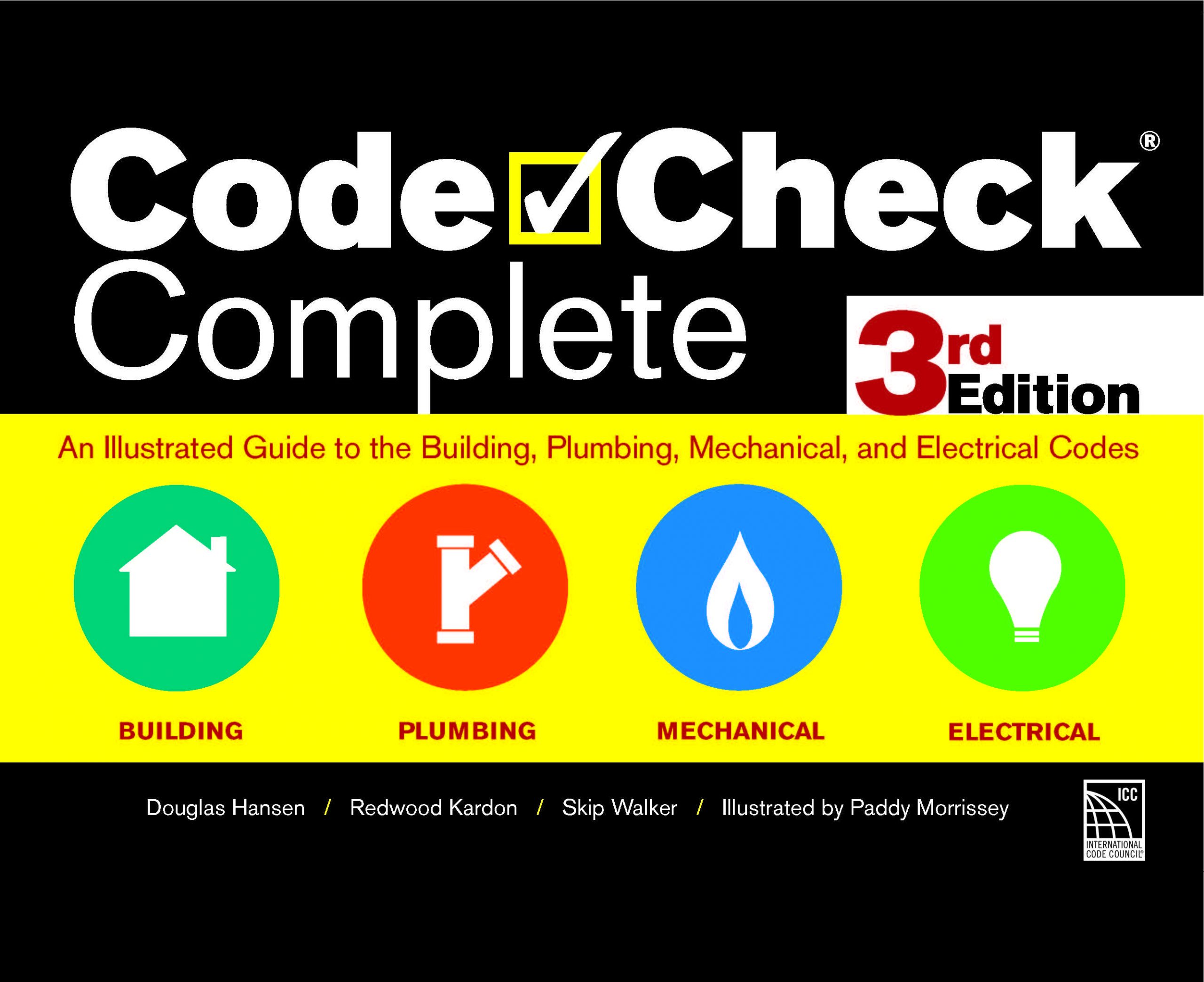




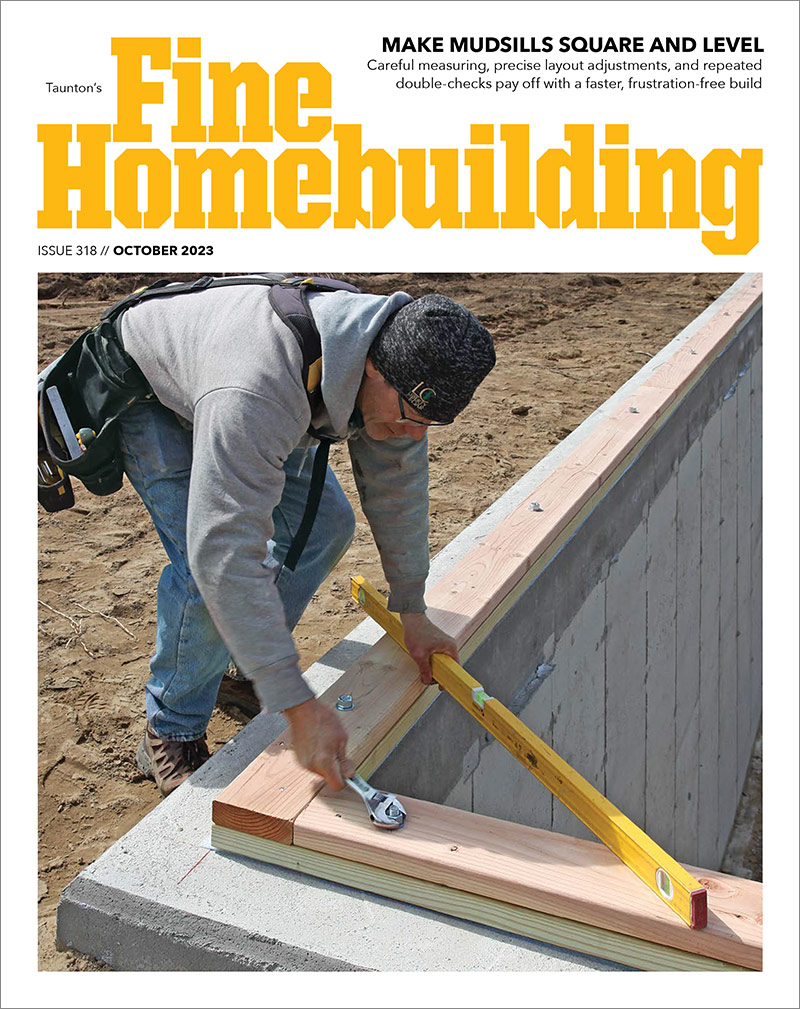

Replies
Set your newel post plumb in some type of temporary fashion, clamps, whatever. Lay the handrail on the treads to dryfit your angles, determine length, mark location of spindles, etc.
If everything is level/ plumb, what fits at the bottom, fits at the top.
The bottom newel height will vary depending on how far it advances onto the tread.
Gord
Eric,
L.J. Smith publishes a handy little guide. You can probably google and download it.
about 1000 instalations later, it's not exactly how I would do it, but it's a good start.
http://www.ljsmith.net/installation_steps.html
My E-Mail goes directly to my work computer and I won't be there until Wed but if you run into trouble, or have questions and need help, post here and I'll see what I can do.
Eric,
DOes the rail have a Cap or Volute to start? Or does the rail run into the post.
Either way, I can give you a very easy way to do it.
It has a goosneck @ the top. It is an over the post system.
Eric,
This is how I set up every over the post rail. Hopefully it helps.
To begin with, your top post height should be set by your level/balcony rail height. For example, I try to make all of my level rail 36" to the BOTTOM of the rail. That gives me around 38 1/4 to the top. Before you set the level rail, check the balusters for it. SOme places send 36" balusters for level rail and depending on the brand, they only have a 35 1/2" working height as that 36" includes the pin on the bottom. Adjust accordingly.
Now, for each post on the stair itself, to include the bottom post, here is the simplest way.
First, lay a piece of rail on the stair resting on the treads. It should be in roughly the location where it would be when done, just resting along the nose of each tread. Now, grab a level and somewhere along that rail make a plumb mark on it. Once you've done that, measure along that line from the bottom of the rail to the top. It should be somewhere around 40 degrees and should measure maybe 3" on the plumb line.
I make my rake rail 341/2" from the leading edge of the stair tread. Subtract the number you came up with when you measured from 34 1/2. Write it down somewhere.
Now, if you haven't done so, make your pitch block, mark and cut your bottom fitting( turn out, volute, starting cap, whatever you have).
Now, take the rail you'll be using for that run of stairs and square one end. Grab the rail, the fitting and a bullseye level. Lay the rail atop the stairs, resting along the nose of each tread, hold the fitting up to it and drop the bullseye level on it. This will tell you if your fitting cut is good. If it is, go ahead and join it. If not, adjust and repeat as needed until it's good and hen join it together.
Once it's joined up, make sure the center of your lower post is marked clearly on the stair. Run the rail along the stair treads until the center of the fitting is directly above the center mark for the post. Now, measure between the bottom of the fitting and the top of the stair tread. add the number you came up with earlier when you subtracted the plumb measurement of the rail from the height you want. ( in my case 31 1/2" to that measurement. That will be your post height from the top of the stair to the bottom of the fitting.
Cut your post and attach it in place. I usually dry fit and check for plumb and any problems first before I glue it up.
Your stair nosings should overhang your risers by about 1"-1 1/2". Find or rip some scraps that equal that overhang. Tack them to on of the risers close to the top ( Not at the top, at least two risers down from it). Now, grab a piece of 2X2 or somethnig similar, whatever scrap you have close at hand and tack it against thos blocks so you can use it to hold up that rail temporarily with a clamp. Measure up from the tread 34 1/2" ( or whatever height you are using).
Now, you can pick up your rail, drop the fitting on the bottom post, clamp the rail to that temp prop you just tacked in place with the top at the height mark you made.
At this point, I grab my level ( it has 1/2" increments marked on both sides with perm magic marker from 30" to 40"). and check to make sure that I have the right height plumb up from the very front edge of each tread. you might see a little difference from tread to tread, but not much.
At this point, you can make your goosneck/upeasing. Hopefully, they sent you one with a tail attached. If not, get a rough idea of how long a tail you'll need and add a few inches for good measure. Go ahead and attach it and mark and cut the upeasing with your pitch block.
up until now, I've assumed you have already set the top post and made up that rail. If not, do so. If you have not mitred the cap on that rail, here's how I do it. Place your level against the block bottom part of the post. Plumb up and make a mark directly plumb up from that block on the fitting. I then mark 3/4" farther out from the post and that becomes the short side of the mitre on that fitting.
Now, with your rail propped up, your upper rail made and mitred, and your goosneck with a tail on it and the cut made with the pitch block the rest is easy.
you can simply hold the fitting next to the rail and the post and slide it up or down until it looks to be in the right position. Mark and cut the mitre end first. The rail is long, and if your first shot at the mitre is off a little, you can still tune it up. Once the mitres is right, hold the gooseneck and the upper cap together so that the mitre fits right, and mark the rail where it needs to be cut. You can then cut the rail and join the gooseneck to it and it should fit like a glove.
A few other tips.
guys so want to use wood screws for rails. Bad idea. The rail is oak and you are trying to make nice tight fits everywhere. Use meatl screws. The difference is that they are threaded all they way to the head and are less likely to break when you put that last bit of force on them.
Hit up your local Ace or paint store and ask for " ZAR OAK PATCH" it should come in white oak and red oak. For small touch ups it's awsome. it comes in a tube, it's latex based, easy to sand, sturdy and best of all, takes stain well. If you hit it with a light sand just before stain, it soaks up the stain and disappears.
When I attach my goosneck at the mitres, I glue it and then pin it together with my finish nailer before I screw it. that helps keep it from moving around too much while I'm drilling and screwing.
Hope some of that helps.
Edited 7/4/2006 1:33 pm ET by robert
Good advice from all.
The last couple of issues of JLC have an article on installing over-the-post railing systems. They are very detailed and you should go to the trouble to find them. I think you can read them online for a few bucks.